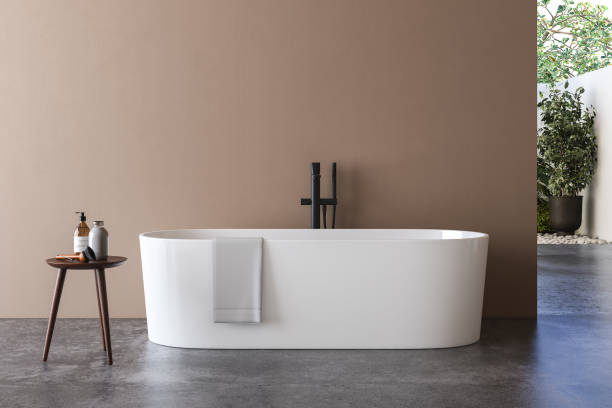In the realm of modern building design and management, the strategic installation of Roof Plant Platforms has emerged as a game-changer for optimizing HVAC (Heating, Ventilation, and Air Conditioning) systems. These elevated platforms, situated atop buildings, offer an array of advantages that benefit building owners, facility managers, and the environment alike. In this comprehensive article, we’ll delve into the significant benefits of installing Roof Plant Platforms for HVAC systems.
Space Utilization And Aesthetic Appeal
One of the primary advantages of Roof Plant Platforms is their capacity to maximize the utilization of available space. Rather than cluttering valuable indoor areas with HVAC equipment, these platforms elegantly relocate the machinery to the roof. This not only liberates indoor space for other purposes but also augments the overall aesthetic appeal of the building’s interior, creating a cleaner and more visually pleasing environment for occupants.
Noise Reduction
HVAC systems can be notoriously noisy, particularly when situated within the building. A roof plant platform provides an effective solution for isolating this noise source. By situating the equipment on the roof, the noise generated by HVAC units is significantly reduced, fostering a quieter indoor atmosphere for building occupants. This enhanced acoustic environment can lead to increased comfort, productivity, and overall well-being.
Improved Energy Efficiency
Roof-mounted HVAC units stand to benefit from natural ventilation and reduced heat buildup, resulting in substantial gains in energy efficiency. The cooler outdoor environment can facilitate the more efficient operation of HVAC systems, ultimately leading to energy savings and reduced operational costs. This energy-efficient approach also aligns with sustainability goals, contributing to a greener and more eco-conscious building operation.
Accessibility For Maintenance
Roof Plant Platforms simplify the process of gaining access to and performing maintenance on HVAC equipment. Service staff can access the units without causing any disruption to the tenants of the building, which makes the usual maintenance jobs substantially simpler. This ease of access translates into long-term cost savings because it enables preventive maintenance to be carried out effectively and without the need for additional trouble.
Longer Equipment Lifespan
HVAC equipment placed on Roof Plant Platforms often boasts a longer lifespan compared to units located within the building. Reduced exposure to dust, pollutants, and potential tampering ensures that the systems perform their operations at peak performance for an extended period. This not only saves on replacement costs but also contributes to sustainability objectives by reducing waste and resource consumption.
Enhanced Environmental Sustainability
Elevating HVAC units onto Roof Plant Platforms aligns seamlessly with sustainability objectives. By optimizing energy efficiency, reducing noise pollution, and minimizing the environmental impact of HVAC systems, building owners take significant strides toward reducing their carbon footprint and promoting environmental responsibility. In an era of increasing environmental consciousness, this commitment can be a key differentiator for a building.
Compliance With Building Regulations
These days, a lot of building rules and regulations either require or advise installing Roof Plant Platforms for HVAC systems. Buildings that comply with safety and environmental regulations may see reduced insurance costs and fewer administrative headaches. Following the rules demonstrates a dedication to the safety and comfort of building inhabitants.
Conclusion
The installation of Roof Plant Platforms for HVAC systems offers a multitude of benefits, spanning from optimized space utilization to improved energy efficiency and enhanced sustainability. By relocating HVAC equipment to the roof, building owners and facility managers can craft more appealing, efficient, and environmentally responsible spaces while simultaneously ensuring compliance with pertinent regulations. It is a forward-thinking investment that pays dividends through lower operating costs, prolonged equipment lifespan, and superior occupant comfort, making it a cornerstone of modern building management and design.










